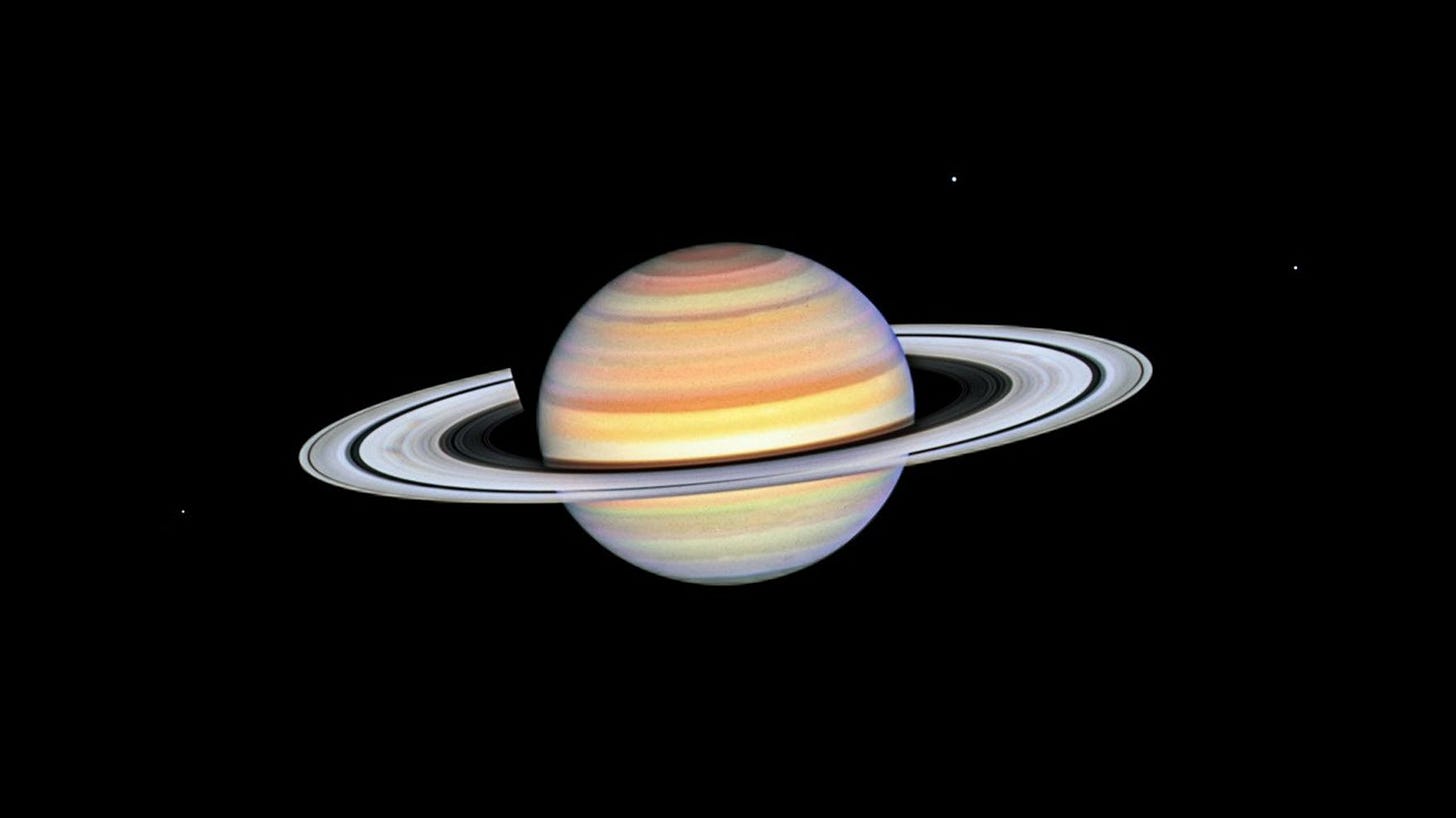Citizen Astronomer: September 2025
September’s Night Sky: Saturn’s Brilliance, Morning Planets, and the Milky Way Cutting Across the Sky
September brings crisp, clear nights and a sky full of changing highlights in the high desert. The Milky Way is still beautifully visible and directly overhead at sunset, but it begins drifting west earlier in the evening as fall approaches. Saturn shines at its brightest, Jupiter starts returning to late-night skies, and some stunning binocular targets rise in the east. There’s so much to enjoy.
The Milky Way’s Late-Summer Glow
The Milky Way still dominates early September evenings, though you’ll notice it sinking lower in the west as autumn approaches. Its bright core remains near Sagittarius just after sunset, arching overhead to Cygnus the Swan in the northeast. Through binoculars, the cloudy river of light resolves into countless stars, especially dazzling near Sagittarius and Scorpius.
If you haven’t scanned this region yet this year, now’s the time—it’ll be fading from easy evening viewing soon.
Binocular Targets and Star Clusters
September remains an excellent month for star clusters. M7 and M6, both near Scorpius, are still visible low in the south early in the evening, sparkling with dozens of stars against the Milky Way’s glow.
Later at night, look northeast for the Double Cluster in Perseus. Through binoculars, this pair of open clusters becomes a showpiece—two bright star cities side by side, perfectly framed in a single field of view.
By month’s end, the Pleiades (M45) begin to rise before midnight. This tiny dipper-shaped cluster marks the slow shift toward winter constellations.
Planets on Display
This is a banner month for Saturn watchers. The planet reaches opposition on September 21, making it as close, bright, and visible as it gets all year. Its subtle golden hue is striking even without a telescope, and binoculars may even reveal some of its largest moons. The rings remain edge-on, so they’re harder to spot right now, but Saturn still puts on a fine show all night long.
Jupiter rises later in the night, brightening steadily as the month progresses. If you’re up after midnight, look east for its brilliant glow. Through binoculars, you can even see its four largest moons: Io, Ganymede, Callisto, and Europa.
Venus joins the predawn sky later in the month, climbing higher each morning and shining like a lantern in the east just before sunrise.
The Perseids’ Fainter Cousins
While the August Perseid meteor shower is behind us, September still brings smaller showers worth watching. The September Epsilon Perseids peak around September 9, offering a modest 5 to 10 meteors per hour before dawn. It’s not a dramatic show, but with the desert’s dark skies, you might catch a few quick streaks.
Stargazing Pro Tips:
Catch the Milky Way early: It’ll set earlier each night, so aim for the first half of the month.
Bring binoculars: Perfect for clusters, planets, and resolving star fields.
Avoid bright screens: Use red-light mode if you need your phone to preserve your night vision.
Layer up: Desert nights cool down quickly in September, especially after midnight.
September marks the turning of the seasons in the sky. The Milky Way is slowly slipping west, Saturn steals the spotlight, and winter constellations are starting to peek over the horizon. All you need is a clear desert night and a little time to look up.
Caitlin Gill is co-owner and Astronomy Guide for Joshua Tree Astronomy Adventures
Leave your thoughts in the comments below. Please note that we do not allow anonymous comments. Please be sure your first and last name is on your profile prior to commenting. Anonymous comments will be deleted.
Feel free to share this article!
Help us reach our 2025 goal of $10,000 in subscriptions! Upgrade to a paid subscription for just $5 per month or $50 per year.
Would you care to donate more than $100? Our Paypal account is up and running!


